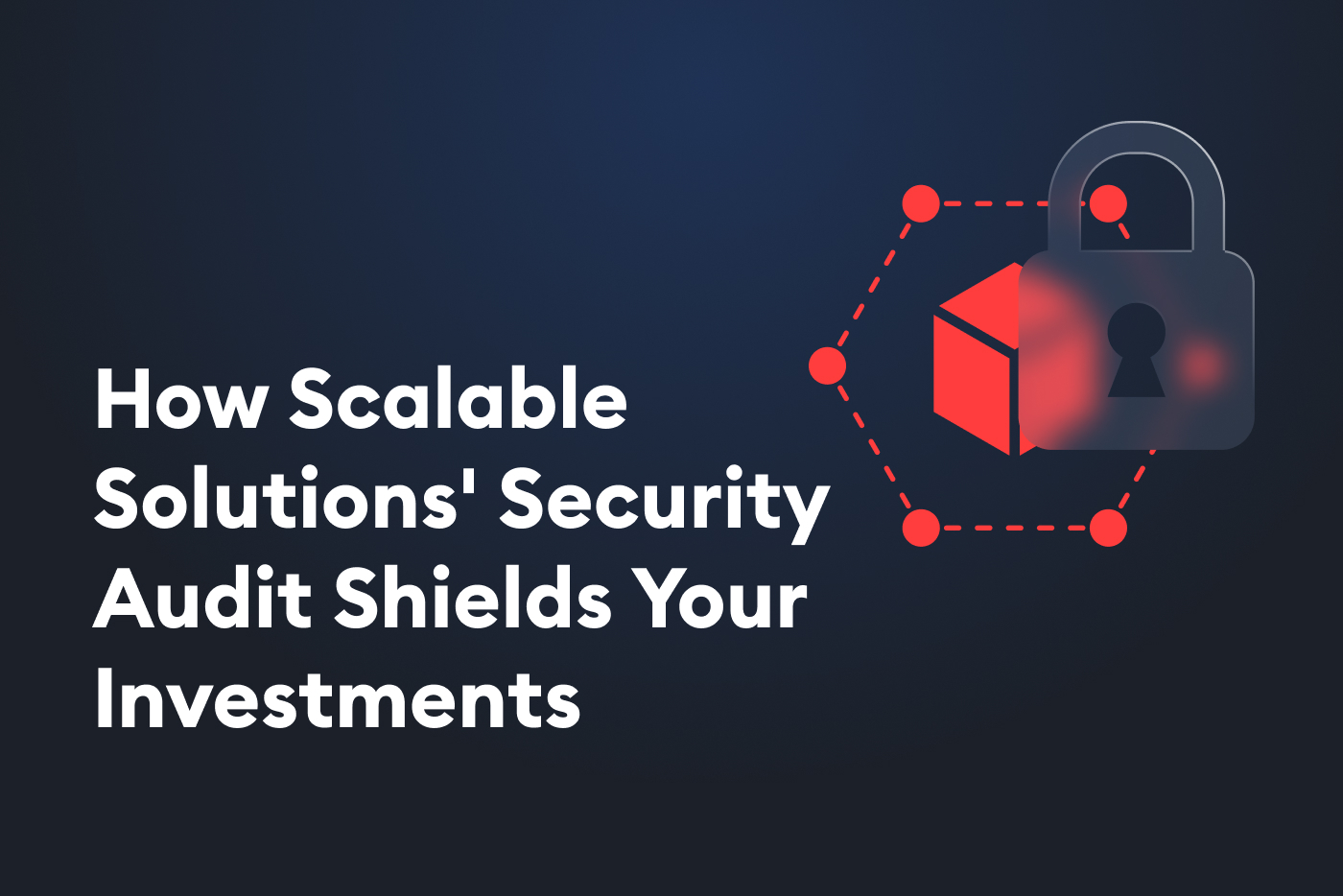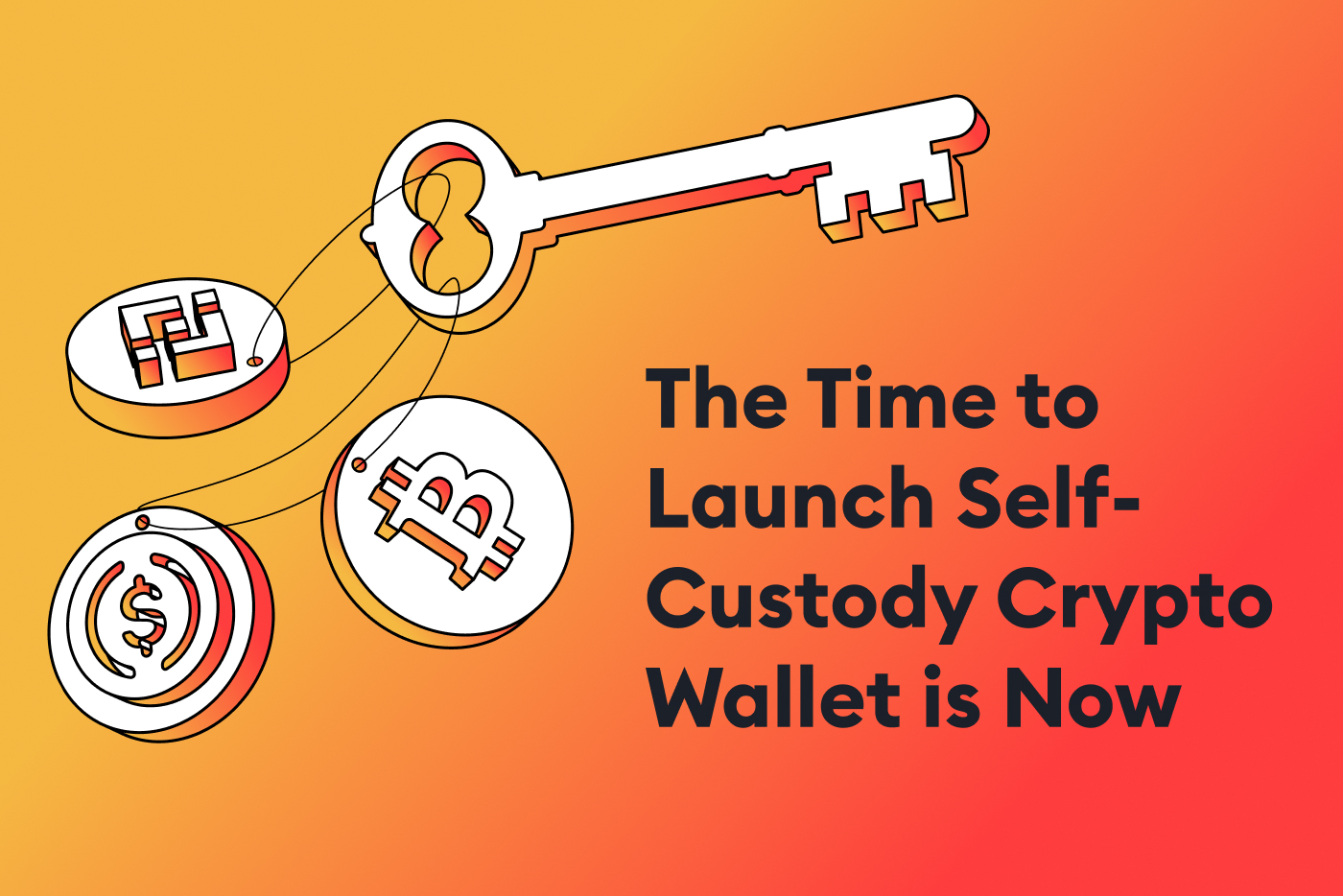
Introduction
Navigating through the volatile and new digital assets class is challenging even for industry veterans. Building, maintaining, and running an exchange is definitely considered one of the most daunting tasks.
Building Your Own Exchange
In general, there are two ways one may set up a digital asset exchange.
The first, is to establish experienced development, management, and operations teams, and then take between one to two years to build a robust technological solution that is secure and scales efficiently. The following questions (at a minimum) should be asked before making such a decision:
- How would one ensure that there is sufficient budget to maintain the development efforts before and after the launch of the exchange?
- How can one find at least 50 developers who are experienced in building low-latency, high-throughput, financial trading systems and with knowledge of distributed ledger technology (DLT)?
- Where does one find a management team that has experience in finance, DLT, and has profound technology focus and understanding of how to manage development teams?
- Who would be in charge of the technology infrastructure who has also already built and operated at least one such platform?
- How to build a team that would take care of retail and institutional support?
- Is there somebody who understands the inner mechanics of a digital asset exchange and with extensive experience in cybersecurity?
- Who would be in charge of legal?
- Do we do marketing in-house or do we hire a PR firm?
These questions and the difficult answers often prevent new entrants from building a platform on their own and opt for the second option.
Collaborating with a Technology Provider
Buying a readily available technology solution without the team behind it is more often than not suboptima, as the technological complexity of these systems is staggering. In the past, some white-label providers have proven unreliable at best and even unsecure. When choosing a technology provider one should consider the following questions before making a decision:
- How scalable is the technology and what is the cost of scaling?
- Have they ever been hacked?
- Who are their established clients?
- What is the execution latency?
- What is the average platform downtime?
- Do they have robust SLAs?
- Do they provide an intelligent liquidity solution?
- Do they provide basic and advanced connectivity and low-latency solutions like REST and WebSocket APIs as well as FIX and co-location, respectively?
- Do they provide a well-built, native mobile application for Android and iOS?
- Do they provide KYC/AML modules?
- Do they have a dedicated market surveillance system?
- How is the custody structured and is there a possibility to integrate third-party custody?
- Do they have any established certificates such as SOC2?
- How many digital assets do they support?
- Do they support fiat integration?
- How long does it take to deploy the entire system?
- Do they provide more than just technology?
- What is the total cost of deploying and running the technology solution?
Finally, there are few among the technology providers who are willing to create a shared venture together with their clients, a synergetic relationship that ultimately leads to the build and launch of a successful digital asset exchange. This implies that the provider is willing to go above and beyond just providing the technology solution. To succeed, they are willing to work with their clients on user acceptance testing, the structuring of retail, and institutional support, tackling regulatory obstacles, competitive positioning, and finally marketing.
Setting Up an Exchange with SCALABLE
After having deployed a number of exchanges and brokers, we have established a roadmap that outlines the milestones towards the path to building and running a successful digital assets trading venue.
- Establish a Target Market – define the countries and customers you want to reach.
- Define USP’s – define your unique selling points, which are valued by your customers.
- Form Departments – establish market monitoring, compliance, support, marketing, custody, and strategic management teams.
- Outline a Marketing Strategy – outline how you want to present your product and company to your customers.
- Tackle Legal – make sure that you know well what are the legal obstacles and how to work them out early.
- Provide a List of Requirements to SCALABLE – define the trading pairs, APIs, interfaces customization, trading fees, third-party integrations, KYC requirements, mobile application customization, and etc.
- Technology Deployment – the system is deployed within up to 40 days depending on the requirements and is ready for user acceptance testing.
- Establish Processes & Procedures – make sure that the processes and procedures for testing and running the exchange are set up, such as development of UAT plan, the support guides and FAQ.
- Structure Custody Operations – establish how the custody operations will be built and define the segregation of duties.
- Invite Market Makers – clients will need liquidity from day one, therefore one must have liquid order books.
- Create a Market Monitoring Team – this team should use market surveillance tools to monitor the market activity to identify and prevent market abuse.
- Launch the Marketing Campaign – launch the marketing campaign and test its effectiveness to see if your USPs and Marketing Strategy are in sync.
- Launch the Exchange – launch the exchange and monitor traffic, respond quickly to customer inquiries, and optimize the marketing approach.
While the list above is by no means exhaustive, it gives an idea of what is the process of preparing, deploying, and running an exchange. SCALABLE works with its clients on-site, not only on the technology deploy and maintenance but also on all other issues be it marketing, testing, legal, support, or liquidity provision.
Conclusion
SCALABLE has launched a number of successful exchanges who have been in the business for years and have established themselves as industry leaders. We believe that this practice can be extended to all of our future customers.

